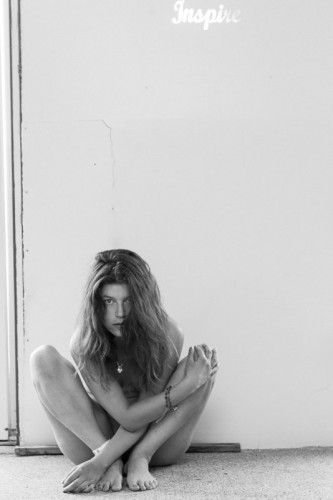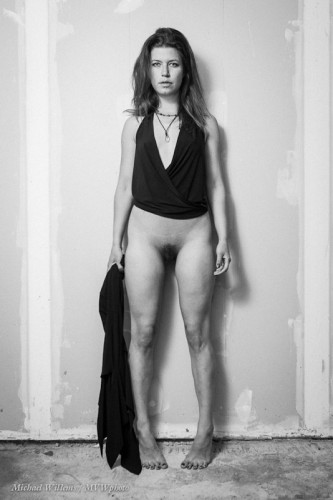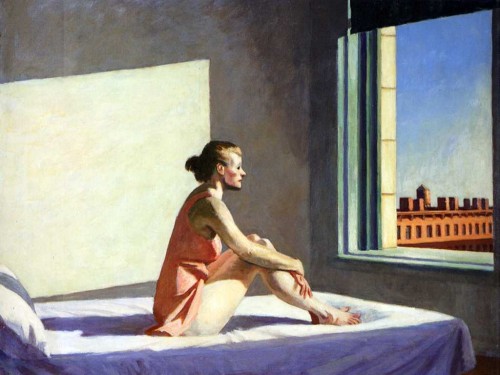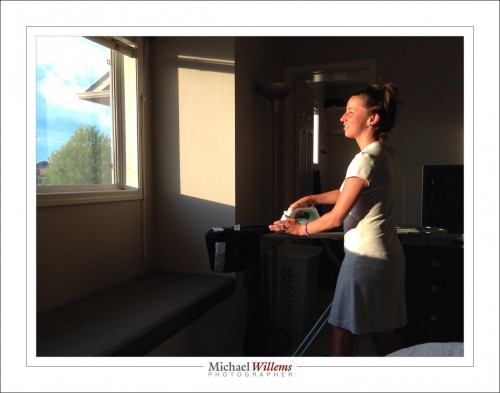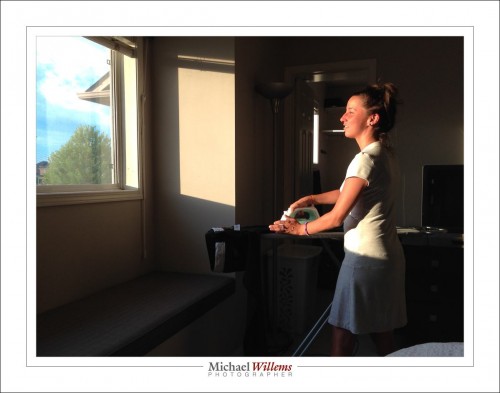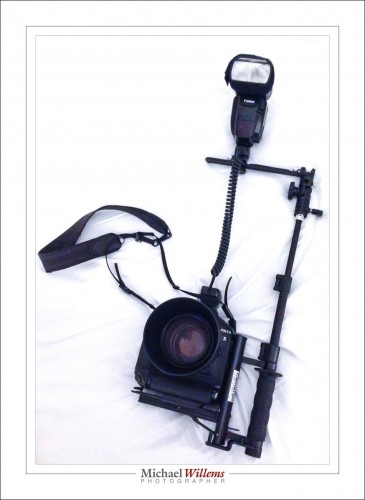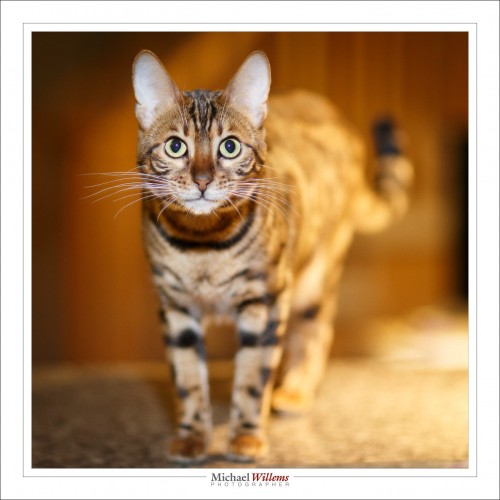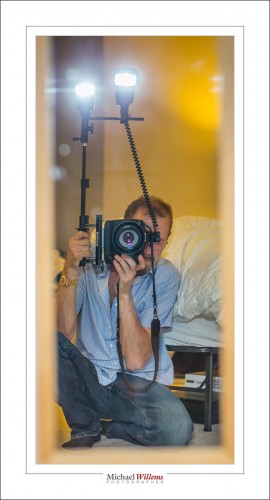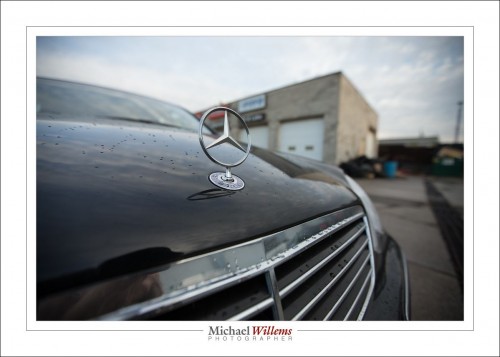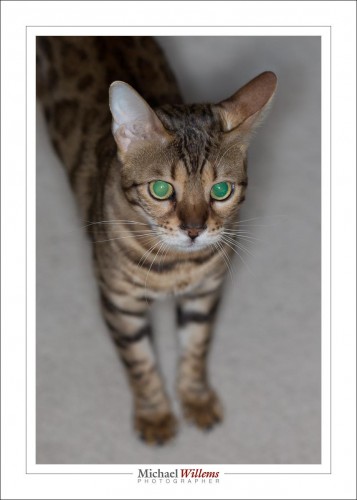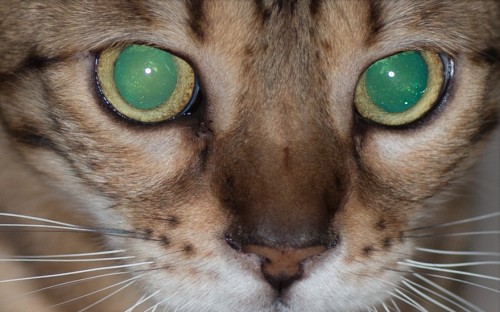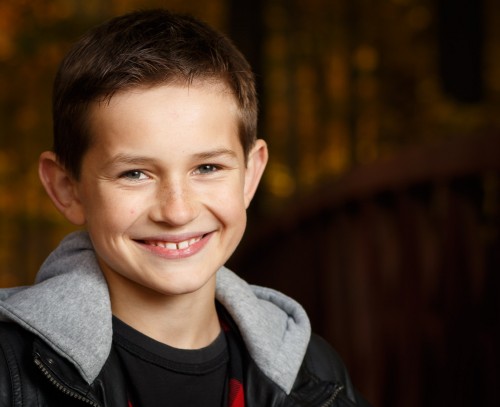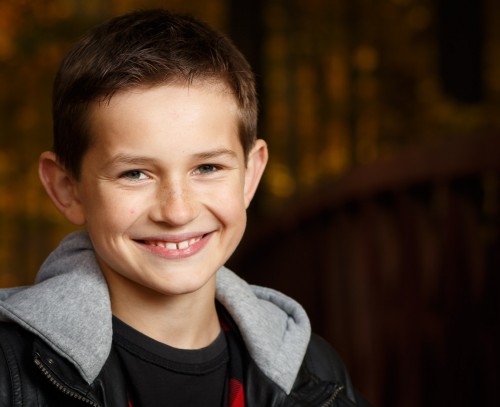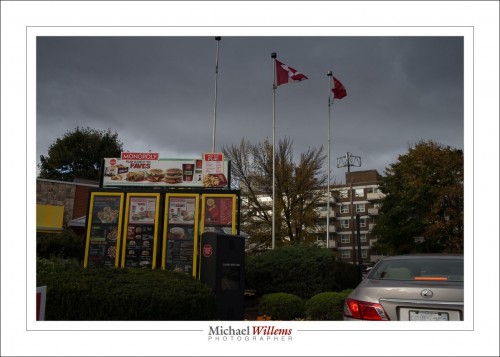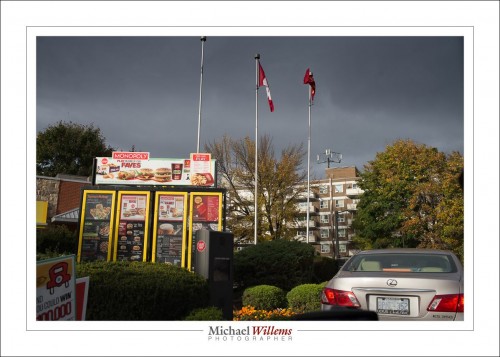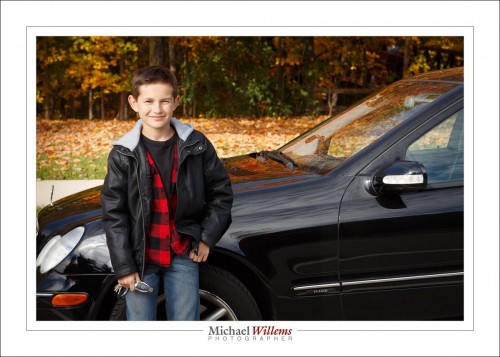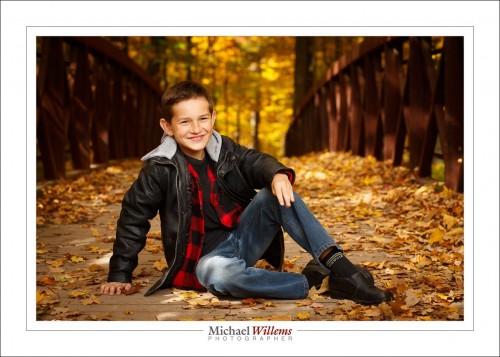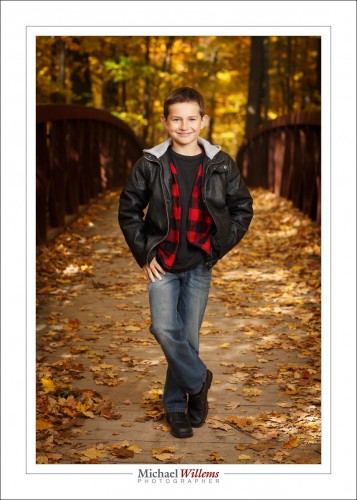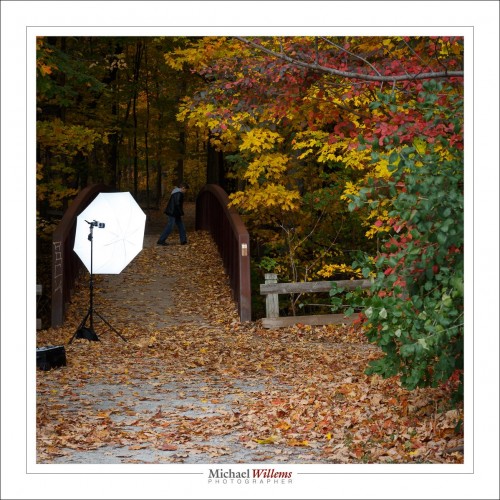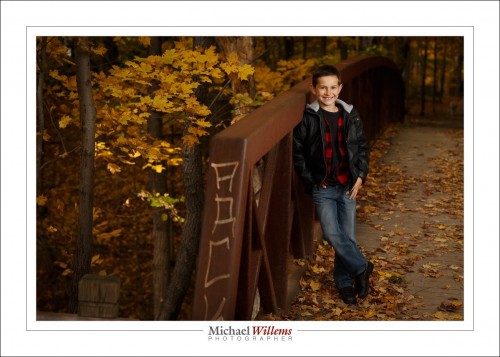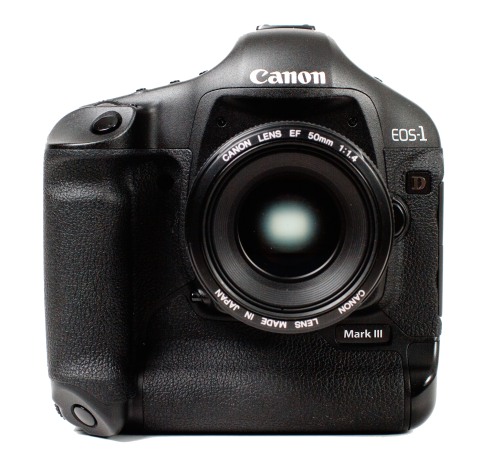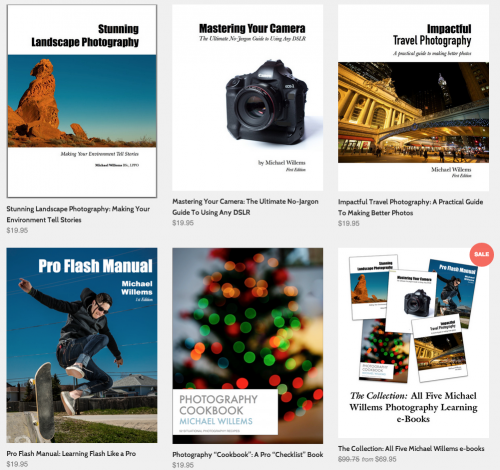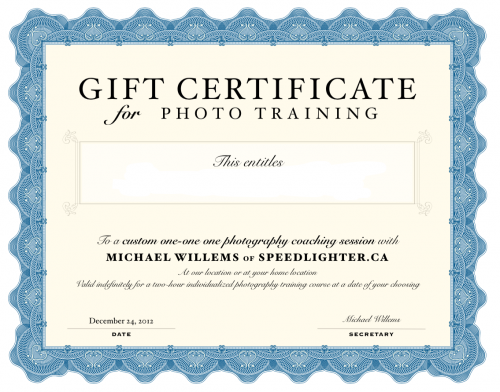After yesterday’s post, a reader left a comment (and you are all invited to leave comments and engage in discussion on this blog!) that I consider interesting enough to republish, and to answer/discuss, here today.
1. “More please! please! this stretch into art and feeling is terrific and welcomed in your subject matter here on speedlighter.
>>Do you see them? And do you feel them ?<<
Well no. I have no awareness of Hopper. where do I go to gain more of this, just the museum? But you have provided one here. More please! please!2. You have written about IP and ownership before. How are you able to post a Hopper photo on your site? no (c), no reference, no link?”
Great, let me answer those in turn.
First, art. Yes, I think photography is part craft and part art, and the art component is something we do not talk about quite enough. Photography is not about bits and bytes and f-numbers. Those are just tools. It is about what you do with them.
Photography is a serious art form. My favourite artistic photographers include such people asNan Goldin, Annie Leibowitz, Mike Disfarmer, Sally Mann, Edward Weston, Richard Avedon, Diane Arbus, Andreas Gursky, Jan Saudek: their images fire up my imagination, speak to my emotions; evoke places and times; and that is what art is supposed to do.
And for painters, Hopper comes an easy number one for me. This is entirely personal, of course, but there is no painter whose work speaks to me more than Hopper. You have not heard of him? I bet you have seen Night Hawks, his most famous painting:
Can you feel the alienation and loneliness?
To learn more about Edward Hopper, my first stop would be here, and of course Google. In general, as a photographer, I recommend you also look at paintings, go to museums, read about art. The various arts have much in common, after all.
Why do these artists resonate with me? I do not know, but I do try to analyze that a little. Part of the fun.
And me? Do I produce art?
I think that is the wrong question; or at least it is one that I do not feel qualified to answer. I do try to put feeling into my work. Like into this self portrait:

…and into my art nudes, like these three examples:
“Inspire“

“Panta Rhei”
“Nude Against Drywall in Garage”
And into shots like these two:

“Sailboat on Lake Ontario”, 2013
“Bicycle in Schoonhoven”, 2013
…and there’s much (much) more. I occasionally showcase some of it on www.michaelsmuse.com.
Am I comparing myself to those greats? No, of course not. Comparisons are not useful, anyway: what counts in my work is that it touches me. And if it does that, it has achieved its goal. If anyone else likes it too, that’s great. If someone wants to call it art, good. If not, fine. I do these for me. Or perhaps more accurately, for having done it. Creating an artistic photo is a satisfaction all of and by itself. A tree falling, and I was there to hear it fall.
Finally, then, copyright. On some, or perhaps all, of Hopper’s work, copyright has run out and has not been renewed. But it’s a moot point, because it is generally agreed that under the right circumstances, art can be used under Fair Use rules, and I am sure that this, a teaching blog, constitutes exactly the right circumstances. Hence, no problem.
Analyzing which artists of the past or present inspire you can be a very useful exercise for a photographer.


